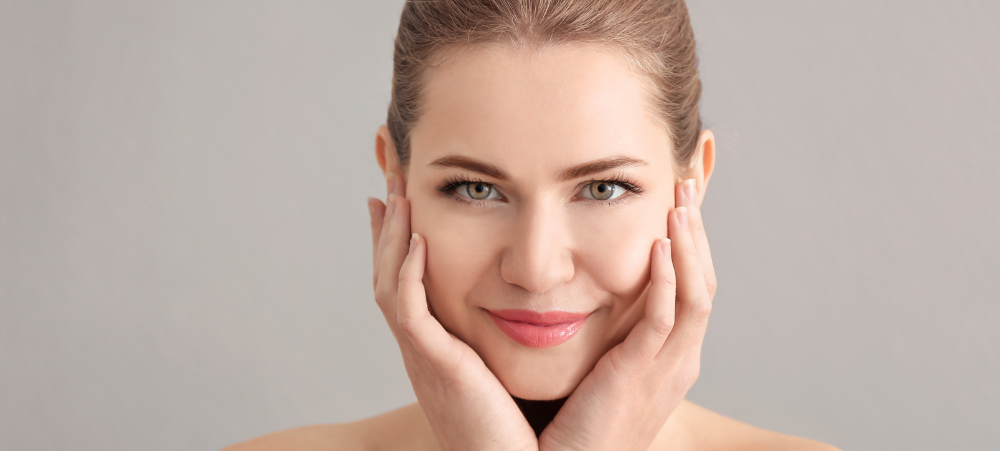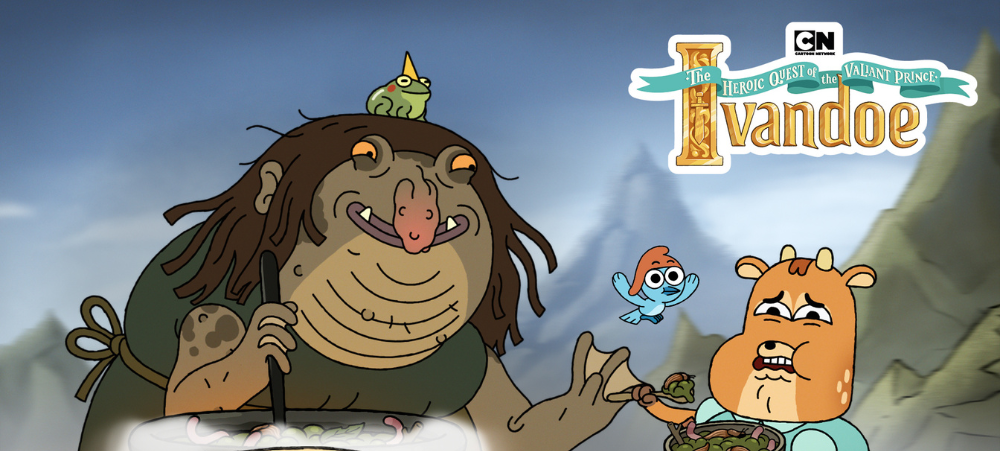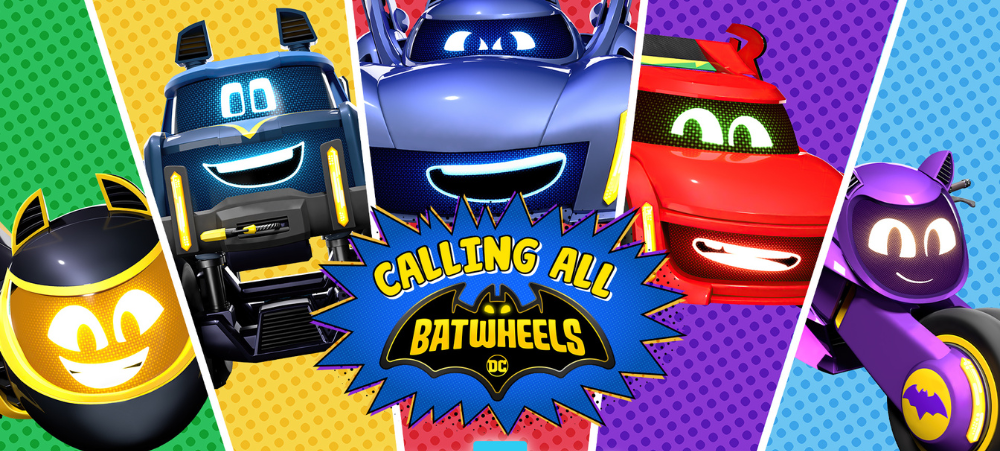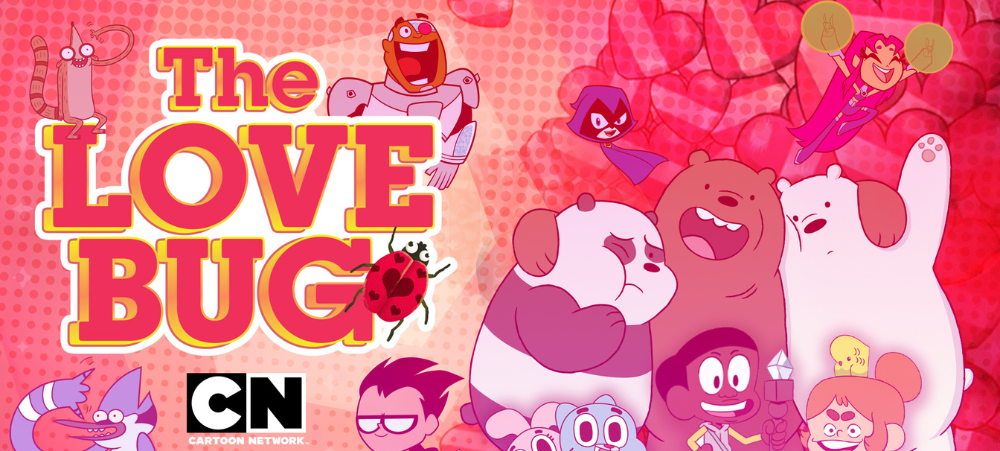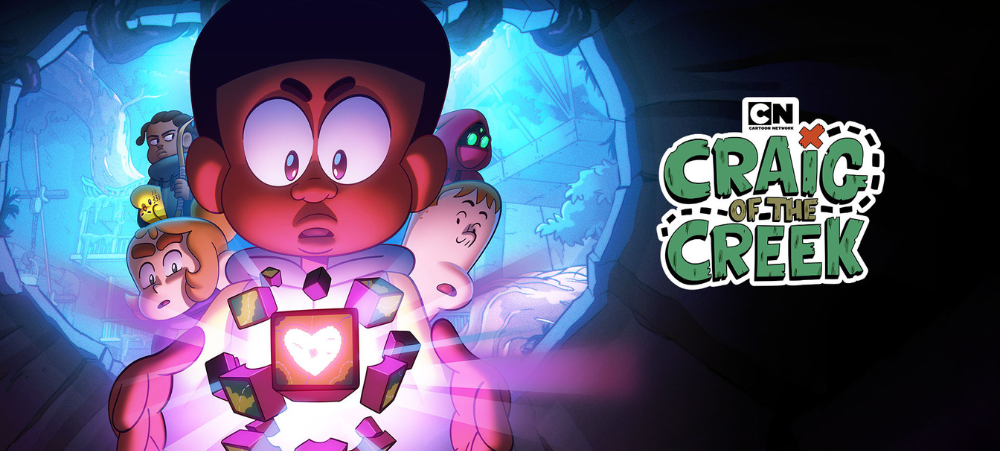
Talking about HPV and cervical cancer
The theme for 2024 Cervical Cancer Awareness is, ‘Learn. Prevent. Screen.’ South Africa has a high rate of cervical cancer which has been attributed to the fact that not enough women are screened regularly. Screening can detect early changes in the cervix, which can be treated and may save your life. Dr Themba Hadebe, Clinical Executive at Bonitas Medical Fund, gives the low down on cervical cancer – caused by persistent infection with the Human Papillomavirus (HPV), why it is essential to screen for the virus and the development of a vaccine to help prevent it. Why a vaccine against HPV? HPV infects the cells of the cervix and, in some cases, the virus can persist – leading to abnormal changes in the cells that may eventually become cancerous. Over 99% of all cervical cancers are caused by persistent infection of high-risk types of HPV, including HPV-16 and HPV-18. ‘For this reason, we have expanded our preventative care benefits to include the HPV vaccine across all plans, to help prevent cervical cancers,’ says Dr Hadebe. ‘As recommended by The World Health Organization (WHO), this is 2 doses for females aged 9 to 14 years and 3 doses for females aged 15 to 26 years per lifetime’. Screening for HPV and cervical cancer Screening is also essential to mitigate the risk of developing cervical cancer. Screening aims to identify cervical cell changes and detect early cervical cancers before they cause symptoms. Two screening tests help with detection: Pap test (Pap Smear) Cervical cancer is usually a slow-growing cancer that may not have immediate symptoms but can be found with regular pap smear tests (a procedure in which cells are scraped from the cervix and looked at under a microscope). The test looks for cell changes (pre-cancers) in the cervix that may progress to cancer if not treated. HPV test Looks for the virus, particularly HPV-16 and HPV-18 that cause 90% of cervical cancers. It is recommended that between the ages of 21 and 65, women should have a pap smear every two years and, from the age of 30 onwards, a pap smear and HPV test can be done every 5 years. Signs and symptoms The symptoms of the HPV virus can include: Lesions on the genital area as well as darker lesions on other parts of the body, to painful bumps on your upper limbs and skin growths on the balls of the feet and heels. Staging of cervical cancer Just like other cancers, cervical cancer is graded according to the severity. From in situ, which means it hasn’t spread to nearby tissue, through stage one: It’s still in the original organ and is small. If it progresses it spreads to the surrounding lymph nodes and, in the most severe form, the cancer has metastasized to surrounding tissues and other lymph nodes. As cervical cancer develops, the following may occur: Abnormal bleeding, for example bleeding after sex Pelvic pain unrelated to the menstrual cycle Heavy or unusual discharge Increased urinary frequency Pain during urination ‘Cervical cancer is the most prevalent cancer among women after breast cancer,’ says Dr Hadebe. ‘Yet it has a good chance of being cured, if diagnosed at an early stage and treated promptly. Which is why, it’s important to have regular pap smears to detect any changes in the cervix and to vaccinate young girls to protect them against possible HPV infection.’


